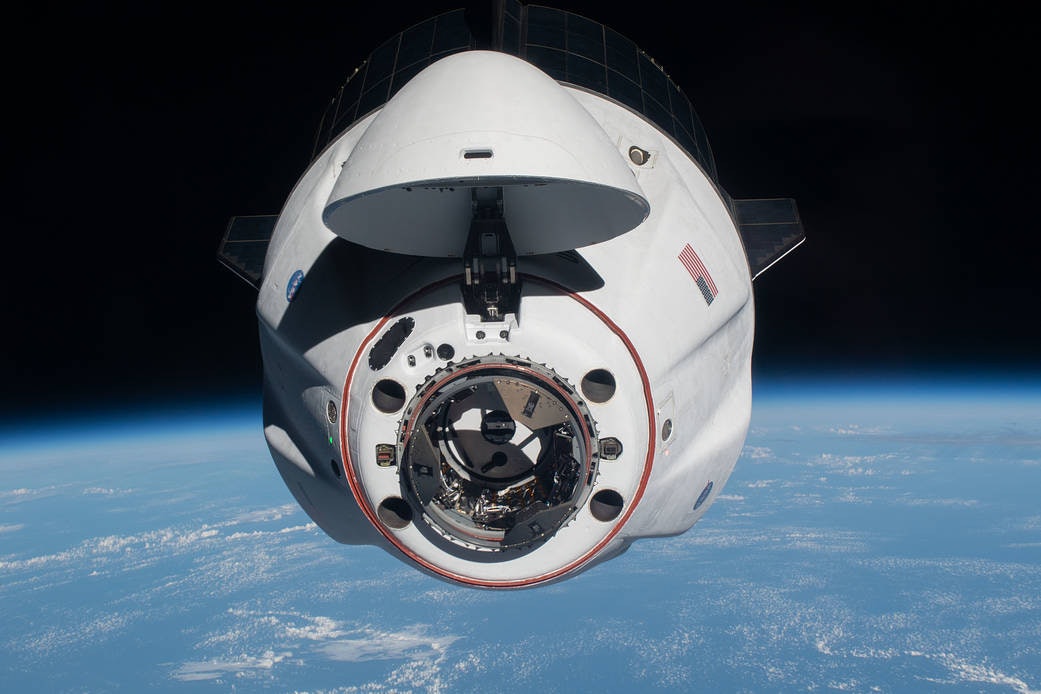
Crew Dragon and the Starliner. Two space capsules, both alike in dignity, but with plenty of differences between them, starting with their manufacturers — SpaceX and Boeing.
But let’s start with the similarities: The two spacecraft are both reusable space capsule designs capable of seating up to seven crew and ferrying cargo to low Earth orbit and the International Space Station (ISS). Boeing and SpaceX are also both contractors under NASA’s Commerical Crew Program.
However, NASA awarded Boeing a higher-value contract — $4.3 billion compared to SpaceX’s $2.5 billion. Seats on Starliner are also more expensive: A 2019 report from NASA’s Office of Inspector General calculated the estimated average cost per seat to be $90 million for Boeing and $55 million for SpaceX.
But perhaps the most major difference between the two capsules is that, so far, only Dragon has successfully flown humans and cargo to the ISS. It made its first crewed flight in November.
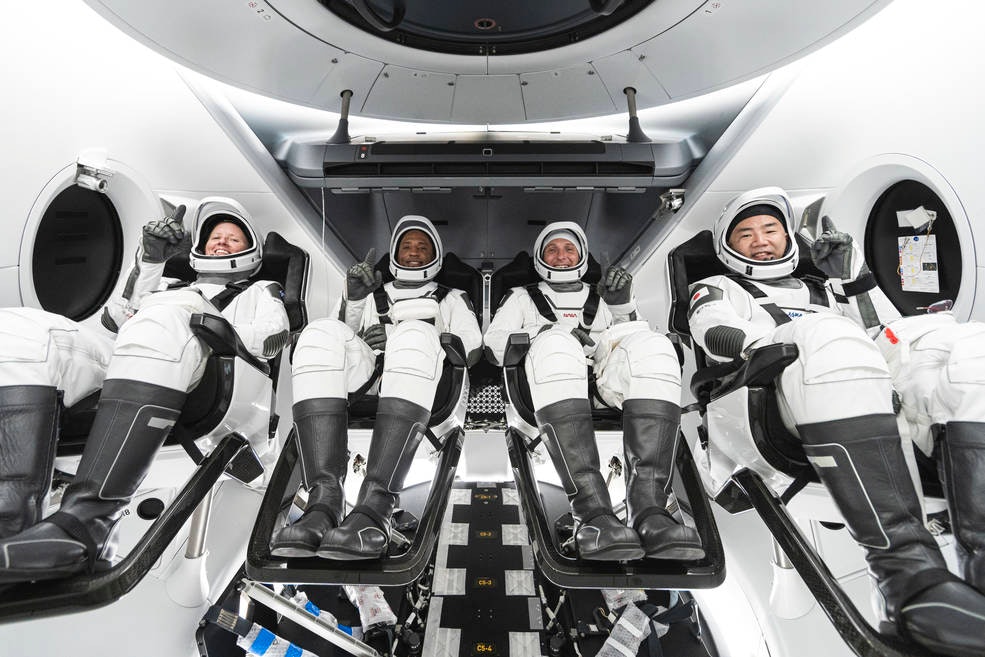
The Boeing Starliner, meanwhile, encountered technical problems during its own, uncrewed orbital test flight in December 2020 which would have prevented the spacecraft from docking with the ISS. NASA and Boeing are now tracking down problems in an oxidizer valve that scrubbed a follow-up test flight in April. Still, NASA is confident the Starliner will fly again, likely sometime in 2022, so that the Boeing Spacecraft can join the orbital dance with the ISS and Dragon.
While both capsules will likely benefit NASA eventually, they represent two different approaches to design and execution. Here’s how Starliner and Crew Dragon compare and contrast.
Starliner versus Crew Dragon
Let’s start with the basics. What are we talking about here?
- Crew Dragon: Based on the uncrewed Dragon supply capsule, Crew Dragon, while designed to carry seven, will carry up to four astronauts for NASA missions. It is fully autonomous but can be monitored and controlled by both onboard astronauts and the SpaceX mission control in Hawthorne, California. It has two main elements — the capsule, which carries crew and cargo, and the trunk — and three windows.
- Starliner: Manufactured by Boeing, the completely autonomous Starliner is also designed to accommodate seven passengers but will, in theory, carry four NASA crew members and scientific research when it eventually travels to the ISS. It is intended to be reusable up to 10 times and in 2019 completed its first launch.
According to Boeing: “Even though the [2019] mission was abbreviated and rendevous and docking mission objectives were not met, the Starliner demonstrated nominal or better-than-nominal performance during launch, orbital flight, reentry, and landing operations.”
What is the purpose of Dragon and Starliner?
Both Dragon and Starliner were developed to fill a particular need for NASA: getting astronauts and cargo to and from the ISS, and doing so from the United States.
This is different than the planned missions for both NASA’s own Orion spacecraft and SpaceX’s Starship, both of which may have lunar and even Martian missions in their futures.
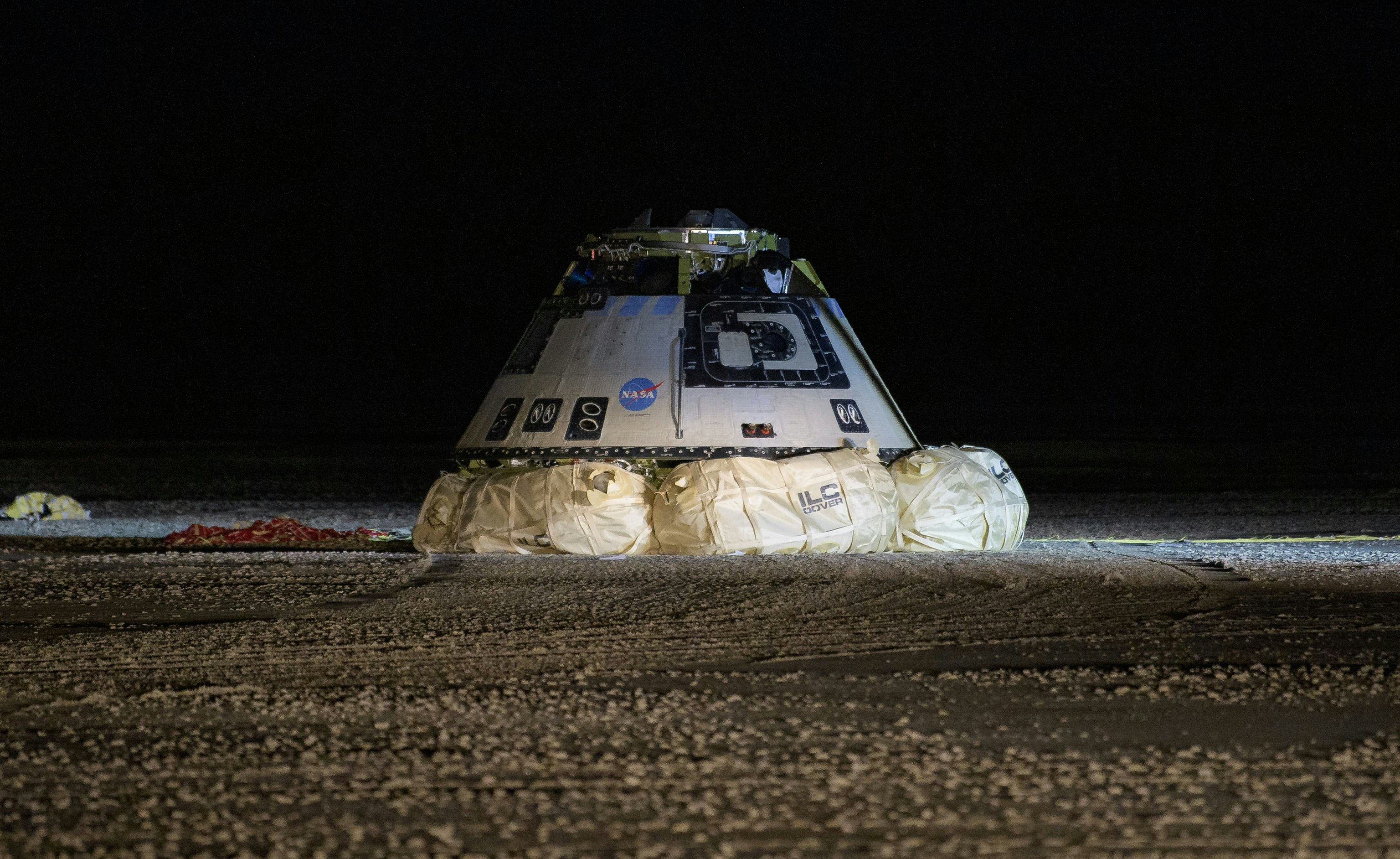
After NASA retired the Space Shuttle in 2011, the space agency was left with no alternative but to pay for rides on the Russian Soyuz spacecraft. However, NASA still wanted American astronauts to fly to the ISS from America — without getting back into the Earth to orbit taxi business itself. So the Commercial Crew program was spun up to incentivize private industry to develop a private solution.
NASA officials have consistently said the space agency prefers to see competition and redundancy in commercial space systems, and NASA gave Boeing a $4.3 billion contract to develop Starliner and SpaceX a $2.5 billion contract to develop Dragon.
Starliner versus Dragon in size and capacity
The Starliner capsule is a silver, somewhat squat, broad-based cone shape coming in at just over 17 feet tall and just under 15 feet in diameter.
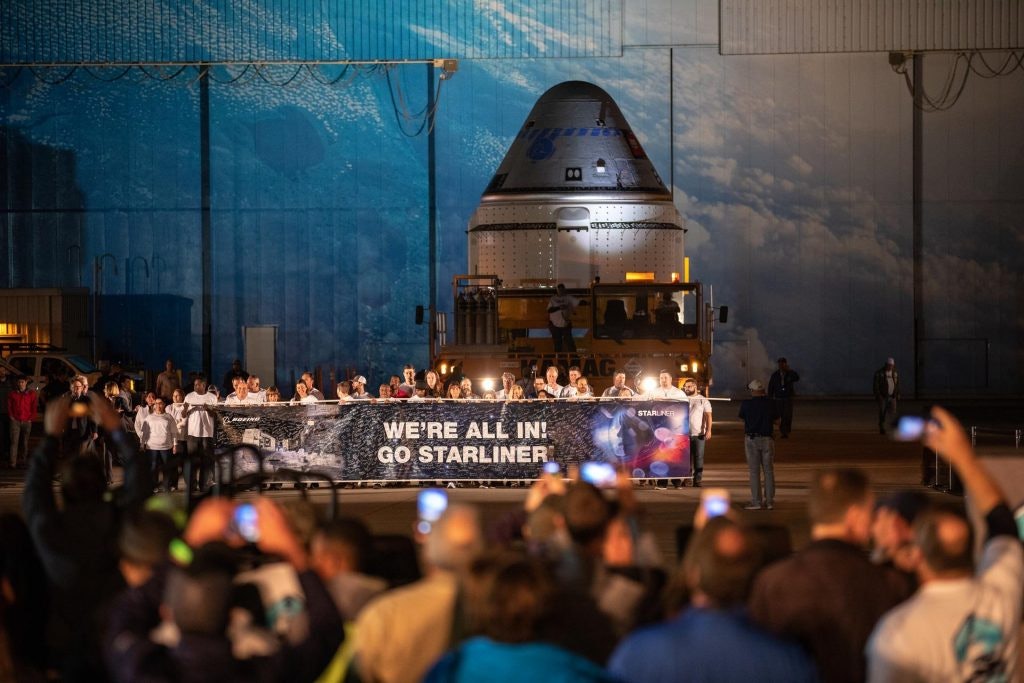
Dragon is a more elongated, candy-white cone-shaped capsule that stands 26.5 feet tall with a diameter just greater than 13 feet.
Both spacecraft can accommodate up to seven crew, though the two Crew Dragon missions to date have carried a crew of four.
How are Starliner and Dragon launched and maneuvered?
Dragon, being a SpaceX jam, is launched atop a SpaceX Falcon 9 rocket. The capsule itself boasts eight SuperDraco engines that function as both a launch abort system. Once in space, Dragon is maneuvered by 16 Draco thrusters providing 90 pounds of thrust each.
While the Starliner was atop a United Launch Alliance Atlas V rocket ahead of its failed December 2020 orbital flight test, Boeing designed the spacecraft to be compatible with other launch vehicles too, including the Vulcan Centaur rocket and the SpaceX Falcon 9.
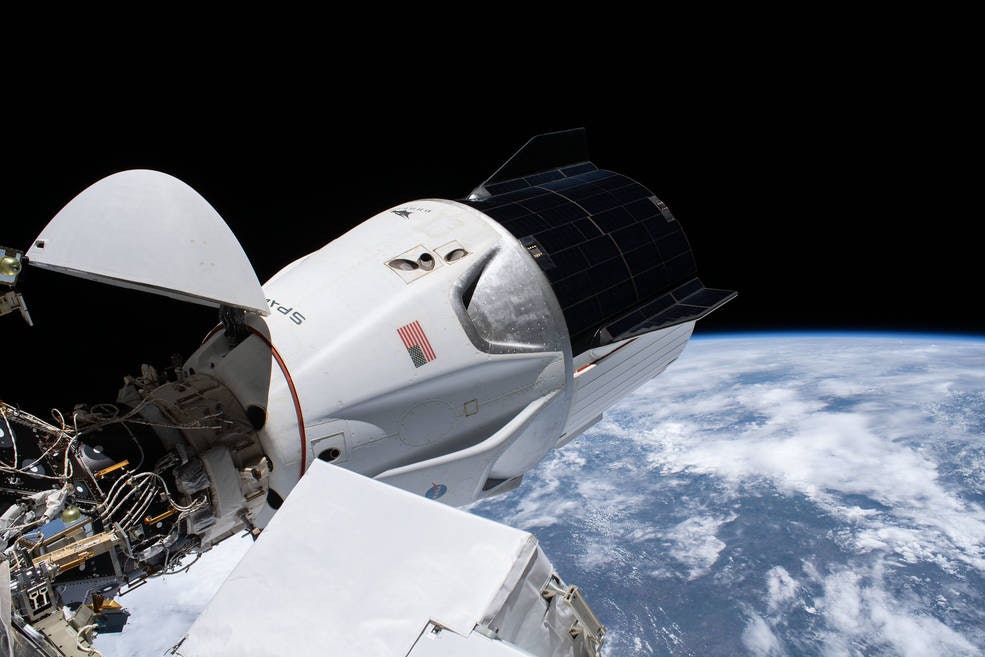
Starliner also includes launch abort engines, four of them, as well as two sets of manuring thrusters. The 20 orbital maneuvering and attitude control (OMAC) thrusters provide 1,500 pounds of thrust for low altitude maneuvering — such as in the case of a launch abort — and large flight changes in orbit. The 28 Reaction Control System (RCS) thrusters provide 100 pounds of thrust each for normal maneuvers in space.
Both Starliner and Dragon are fully autonomous but can be flown manually.
Starliner versus Dragon: Operations and recovery
The biggest differences between the Starliner and Dragon lie in their operations and recovery.
Starliner is designed to land on, well, actual land, following reentry. Three parachutes will slow the capsule and airbags will cushion its touchdown on terra firma.
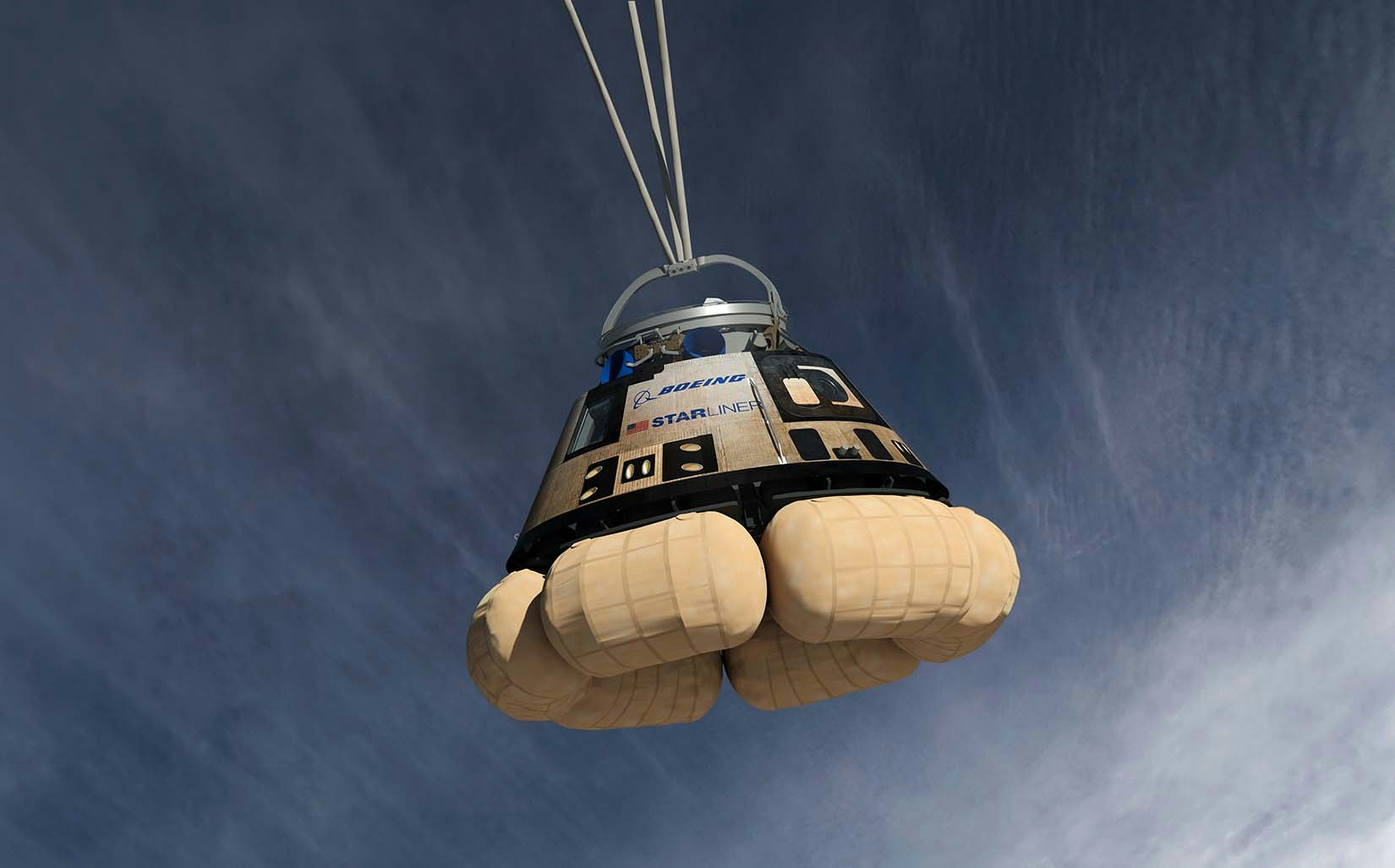
Dragon was originally designed to land on solid ground, using its SuperDraco engines to control its final descent after the spacecraft’s four main parachutes reduced its speed after reentry.
SpaceX later ditched the idea in favor of having Dragon ditch into the ocean, and every Crew and Cargo Dragon mission so far has landed in the Atlantic and Gulf of Mexico.
What to look forward to — Of course, the biggest operation difference between the two spacecraft lies in their actual operations. So far, NASA has ordered six crew rotation missions to the ISS from SpaceX. Two have already happened, and the third is planned for October 31, 2021. The Crew-3 astronauts will travel within the Crew Dragon capsule Endurance.
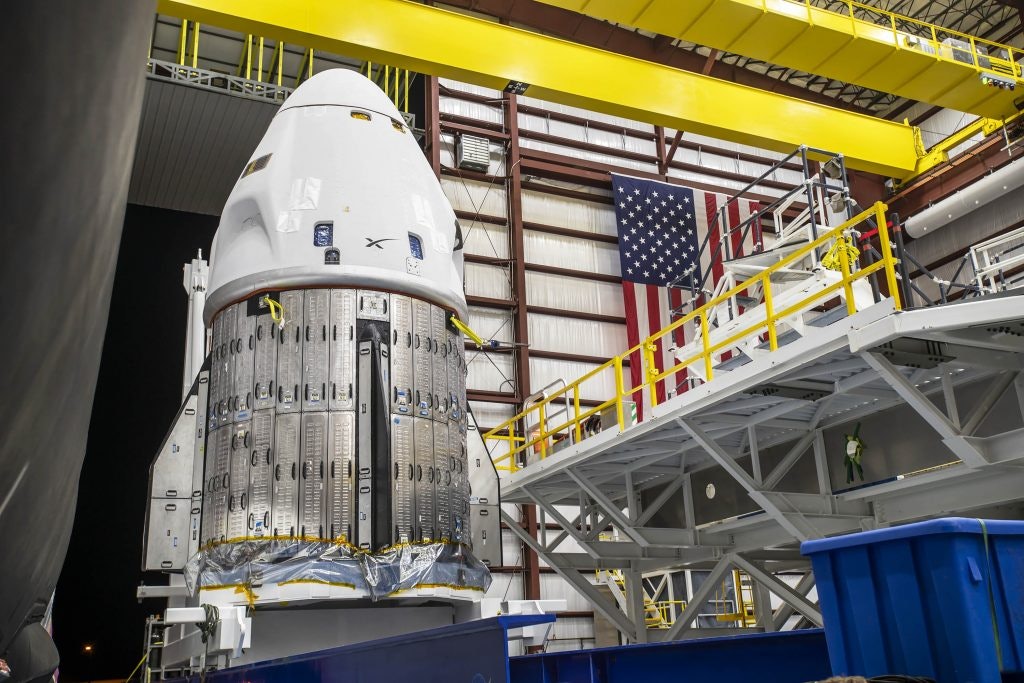
In October, Spaceflight Now reported SpaceX is adding a fourth Crew Dragon capsule to its fleet, which will be used for an inaugural mission scheduled to launch April 15, 2022.
Beyond NASA, SpaceX also has contracts with Axiom Space and Space Adventures for Crew Dragon flights.
Meanwhile, NASA and Boeing continue to investigate the oxidizer isolation valve issue that scrubbed its August 2021 Orbital Flight Test-2. According to Boeing, the Starliner team is now “working toward opportunities in the first half of 2022 pending hardware readiness, the rocket manifest, and space station availability.”
Some astronauts don’t have to wait: In October 2021, NASA reassigned two astronauts originally assigned to Boeing commercial crew missions to SpaceX.







